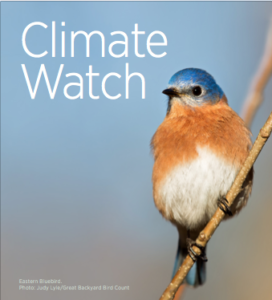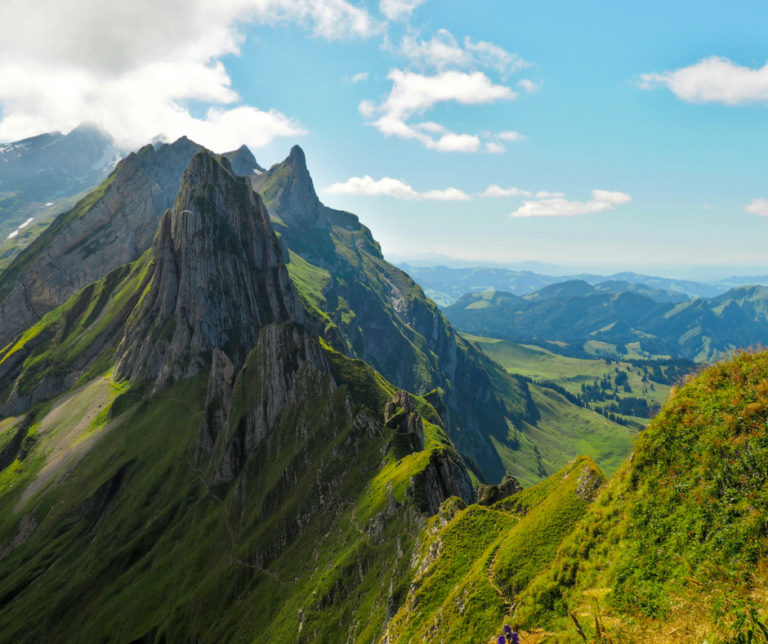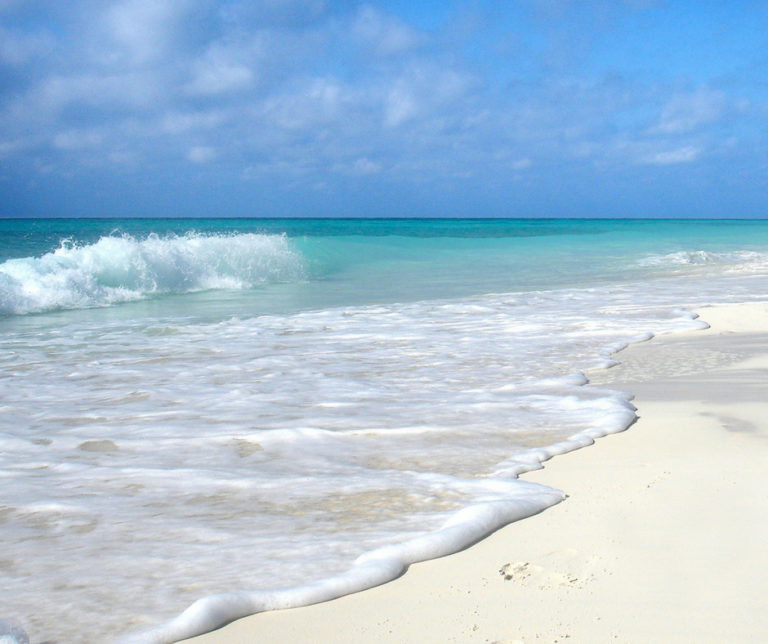Wildfires, Firestorms, & Their Environmental Effects
Did you know wildfires, like the recent fires in Australia, can grow so massive that they create their own weather systems? A wildfire that creates its own weather system is so strong that it overpowers any other weather conditions in the area. Most wildfires are pushed along by wind. However, wildfires of great scale begin to collect smoke above them rather than pushing it to the side. Eventually, it forms a plume above the fire. As the plume cools it forms pyrocumulonimbus clouds.
Pyrocumulonimbus clouds, also known as firestorms, are formed when smoke, heat, and moisture combine and enter the stratosphere. Pyrocumulonimbus clouds are anvil shaped storm clouds that follow a wildfire. NASA refers to them as, “the fire-breathing dragon of clouds.”
Firestorms have incredibly strong winds that throw embers in all directions. “When you get a decent thunderstorm, the rain comes from all directions. Now imagine the same for embers, ” says Associate Professor Sharples from the University of New South Wales. The embers, coupled with intense lightning, accelerates the spread of the fire. In New South Wales, Australia, fire officials estimated embers were being launched 18 miles in front of the fire. Firestorms are uncontrollable because they don’t follow the rules of typical wildfires. They contain so much force and energy that they have their own weather systems with extreme behavior.
Australian experts estimated roughly 60 firestorms have happened since 2001. Eighteen of those firestorms took place in March of 2019. Firestorms drastically change the biodiversity of an area. For example, the Australian wildfires have made scientists concerned for many species like pygmy possums, Kangaroo Island dunnarts, and glossy black cockatoos. It is estimated that over 1 billion animals have perished in the Australian wildfires. In New South Wales alone, it is estimated 8,000 koalas were lost. Experts predict that koalas (among other species) are now in danger of extinction.
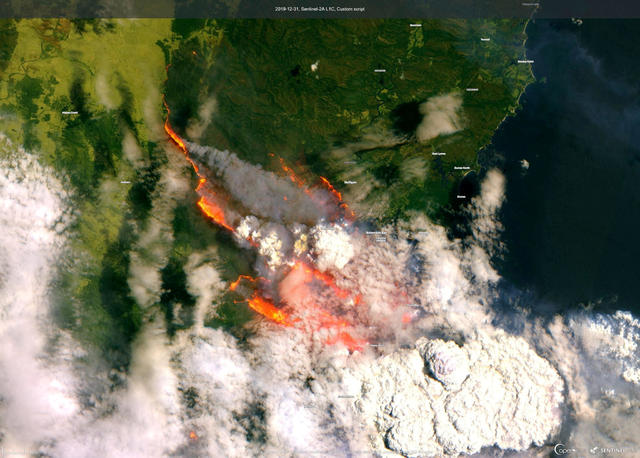
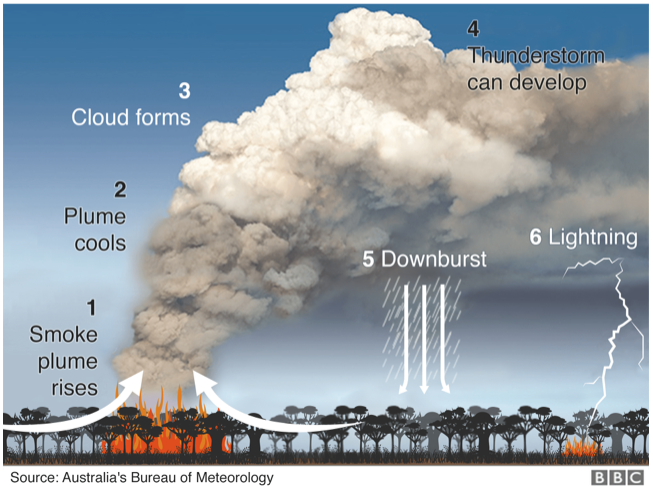
For those animals that survived the wildfire, resources are scarce. Their food sources have been reduced to ashes. Important vegetation has been wiped out, and water sources are contaminated. When it finally rains after a fire, ash, soot, and dead vegetation clog streams, dams, and water supplies, which leads to a growth in algae and bacteria. On a larger scale, smoke from fires increases the amount of carbon dioxide in the atmosphere. It is estimated that the Australian wildfires alone have emitted an extra 400 million tons of carbon dioxide into the atmosphere. That is nearly the same amount the country released in all of 2019 from human sources. Additionally, soot from the fires was reported as far away as New Zealand.
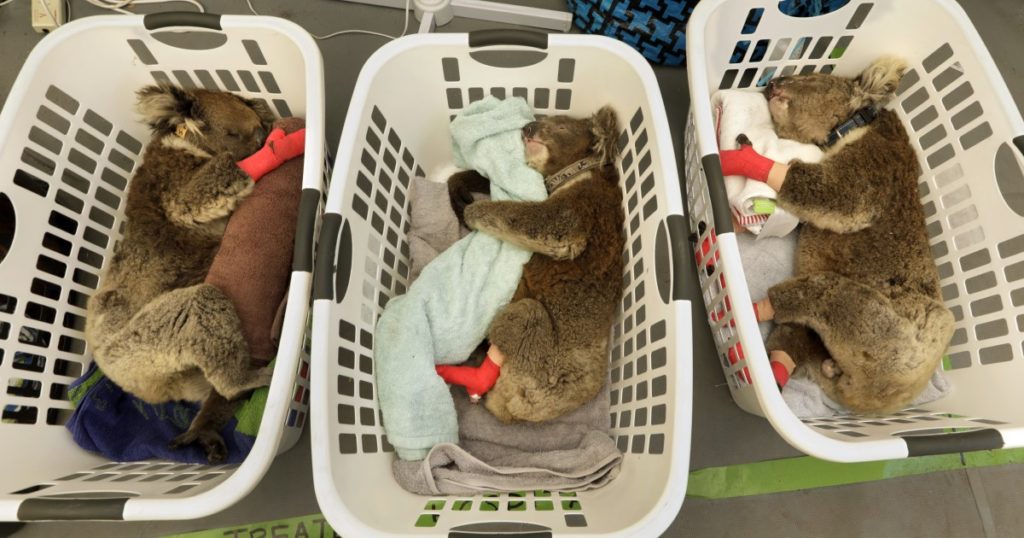
It’s crucial to research and protect the pockets of wildlife that are left over from firestorms of this scale. Although it is currently unclear how many of each species remain in the wild, scientists are engaging in conservation efforts. Also, experts are currently estimating the effects on native plants, the biodiversity of Australia, and the environment as a whole.
Learn how you can help wildlife and people who have been affected by the Australian wildfires here.
https://www.bbc.com/news/world-australia-50383800
https://www.bbc.com/news/world-australia-51102658
https://www.nasa.gov/topics/earth/features/pyrocb.html
Written by Christa Fryling
The Life of a Plastic Bag
Have you ever thought about the life span of a plastic bag? It doesn’t begin when your goods are loaded into it at the supermarket. It also doesn’t end when you put it in your trashcan at home. Americans throw away about 100 billion plastic bags each year. Where do they all end up?
The creation of plastic bags begins in an oil plant. They are made of crude oil that is heated to remarkably high temperatures. Once the oil reaches a certain temperature, it produces ethylene gas. Ethylene gas is converted to polyethylene which is then forced through teeny, tiny holes to create fine string. Producers then form the string into plastic bags and stamp it with a logo. Once the bags are loaded onto trucks and ready to ship, they are off to your local stores.
The next step in the cycle for a plastic bag is to be used by the consumer. Most consumers use plastic bags to carry purchased goods home. After the plastic bags are unloaded, they get thrown away. Did you know that the average length of time a person uses a plastic bag for is 12 minutes? Think about how long it takes you to get those bags home from the grocery store, unpacked, and in the trash. However, plastic bags do not disappear once they hit your trashcan.
Once plastic bags make it through your municipality’s trash system, they wind up in a landfill, or the ocean. It is estimated to take roughly 1,000 years for one plastic bag to disintegrate. As they decay, the polyethylene strings that the plastic bag began as release harmful toxins. This is damaging to the environment and to animals. The toxic chemicals that are released contaminate soil and water. Each year more than a million sea birds, and 100,000 land and sea animals are killed because of plastic bags.
You may be asking yourself, “Can’t I just recycle these?”. Most recycling facilities don’t
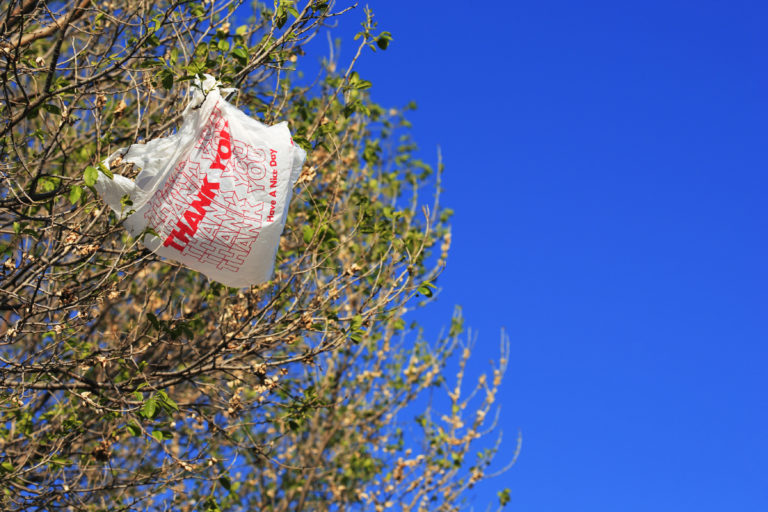
have the capacity to recycle plastic bags because they get tangled around the equipment. Additionally, it takes 85 times more energy to recycle a plastic bag than it does to create one! Reach out to your local recycling company to find out if they can take plastic bags. If not, there are places that will take your plastic bags. You can find them by going to Plastic Film Recycling and typing in your zip code. Remember, in order to properly recycle a plastic bag it must be free of any crumbs, receipts, stickers, and/or other contaminates.
It can be alarming to learn that one plastic bag can last over 1,000 years, rather than 12 minutes. You can make a difference just by opting for reusable bags when you get to the checkout at your grocery store. Oftentimes, stores like Target and ShopRite sell them for just one dollar. If reusable bags aren’t your thing, make an effort to drop off your plastic bags at one of the drop off facilities given on Plastic Film Recycling.
Written by Christa Fryling
Bats Aren’t Actually Spooky
When you think of Halloween you may think all things spooky. Your spooky list may contain things like ghosts, witches, vampires, and even bats, but bats aren’t really scary at all! They are actually a great asset to our ecosystem. Did you know that they are more closely related to primates than they are rodents?
Surprisingly, not all bats live in creepy caves like you may imagine. They often live in trees, under bridges, and in abandoned buildings. It is likely that some of them are even living right in your backyard! Unfortunately, habitat loss is a major threat to bats. If you feel inclined to provide bats with some safe places to live consider making bat boxes. Bat boxes provide homes for bats in areas that may lack natural habitat. They are designed to mimic tight, dark spaces which is what bats look for in a home.
It is important to replenish bat’s habitat because they provide us with a number of benefits. According to Bat Conservation International, one little brown bat can eat 1,000 mosquito-sized insects in one hour! Bats tend to eat their weight in bugs in just one night. According to the Center for Biological Diversity, bats provide about $3.7 billion to $53 billion in pest-control every year. They are also great flower pollinators and fruit-eating bats aid in seed dispersal. Even those blood sucking vampire bats are beneficial creatures. The enzyme they produce to prevent blood clotting is being studied by scientists with the hopes of it being used in an anticoagulant medication. The name of this potential drug? Draculin, of course!
Bats are so important to our ecosystem that they have been deemed a keystone species. Keystone species are animals that other species in an ecosystem depend on to live.
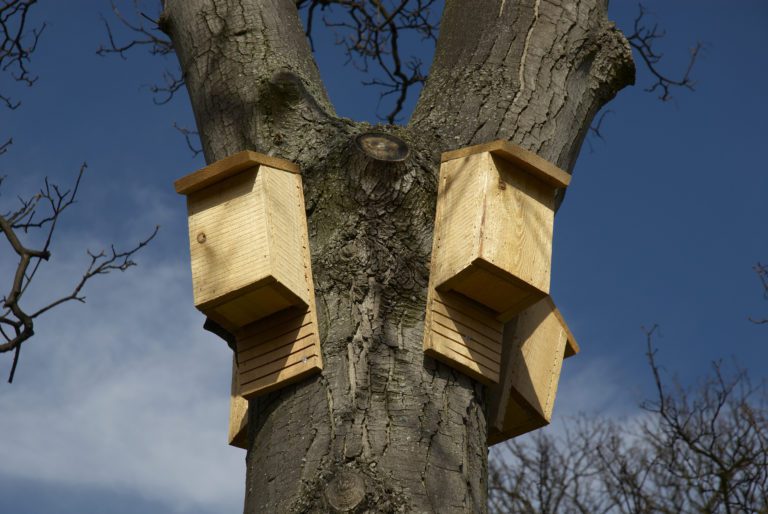
Drastic changes would occur if bats were removed from our ecosystem. For example, a lack of seed dispersal from bats would cause a decrease in fruit-bearing trees. Those trees would likely be a critical food source to other species. Keystone species are the first step in the domino effect of an ecosystem.
Now that you’ve learned how wonderful bats are consider coming to visit ours! Our African straw-colored fruit bats would love to see you this October in the Wildlife Lodge.
https://www.thesca.org/connect/blog/bats-arent-scary-—-realities-they-face-are-truly-frightening
Written by Christa Fryling
Why Should We Count Birds?
As we grow closer to February’s “Great Backyard Bird Count,” it’s easy to wonder about the importance of counting birds. How can something so simple really make a difference for the habitats and livelihood of birds? Can an individual really help out thousands of birds colonies around the country? Short answer: YES!
How can counting birds make a difference?
Scientists, conservationists, and bird enthusiasts can all gain a lot from the data reflected in the Great Backyard Bird Count. Especially given the fact that they are a flighted animal, numbers on bird populations are always changing. There’s little chance that one small group of scientists could accurately keep track of all of the changing bird patterns throughout a year. That’s where the citizen-scientists come in! The more data that comes in, the easier it is for scientists to track patterns and similarities across the board for these bird species. This data helps them answer important questions on a variety of subjects, including the ones below:
- Climate change and how it affects populations
- Habitat locations
- Migration patterns
- Bird diseases
- Bird diversity in rural, suburban, and urban areas
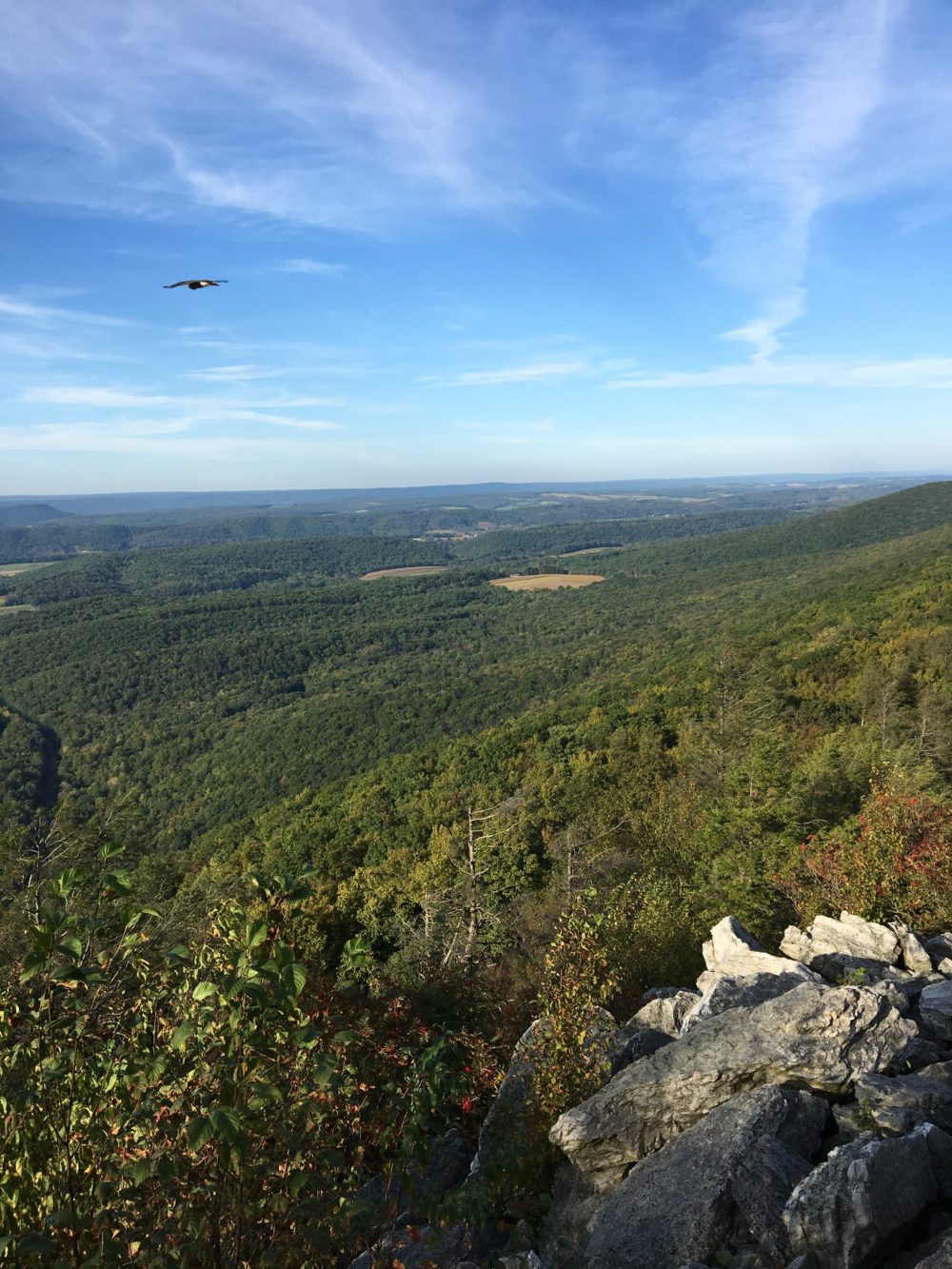
What is the Great Backyard Bird Count?
According to the official website: “Launched in 1998 by the Cornell Lab of Ornithology and National Audubon Society, the Great Backyard Bird Count was the first online citizen-science project to collect data on wild birds and to display results in near real-time. Now, more than 160,000 people of all ages and walks of life worldwide join the four-day count each February to create an annual snapshot of the distribution and abundance of birds.”
Great Backyard Bird Count at EPZ
Register for a free and interactive bird-counting session at the zoo with our education department! Learn more here!
Written by: Ali Chiavetta
Source: GBBC website
Climate Watch
The John James Audubon Center at Mill Grove & Valley Forge Audubon Society is excited to partner with Elmwood Park Zoo on Audubon’s Climate Watch, a community science program that explores how North American birds are responding to climate change!
Come to a FREE training session to learn how to play a role in helping birds around the continent!
Join us to learn how to collect data that will validate the current projections of Audubon’s climate models. Once trained on how to use our bird watching protocols to count bluebirds and nuthatches, you can get started!
Training date:
Tuesday, May 7th : 6:00-7:00pm @ Elmwood Park Zoo
***Please email Erin Rackovan, our Climate Watch Coordinator, at erackovan@elmwoodparkzoo.org for more information or to register.
Not a birder? Not a problem! ALL ARE WELCOME!
In 2014, Audubon released the Audubon Birds and Climate Change report highlighting the risks that climate change poses to birds across North America. In response, thousands of people asked how they could help make the world a better place for birds. Since the program’s launch in 2016, hundreds of dedicated Climate Watch volunteers have traversed habitats across the U.S. to look for bluebirds and nuthatches, our two target species.
Leading the charge against deforestation
Technology from solar-powered recycled cell phones is making a positive difference in the fight against deforestation.
Ever thought an old cell phone could help change the world?
It’s no secret that deforestation is destroying the rainforest. Deforestation, in its simplest definition, is the clearing of a wide area of trees. The deforestation that takes place in the rainforest is far more sinister, however, as it clears wide areas of land used as habitats and resources for native species, plants, and peoples. On average, an estimated 18 million acres of forest are lost each year, according to the United Nations’ Food and Agriculture Organization, and 15% of all greenhouse gas emissions are a result of rainforest deforestation, according to WWF.
How can we combat this?
Rainforest Connection Founder Topher White had the same question. A San Francisco-based engineer, White piloted a phone-based technology that’s changing the face of deforestation reversal. His solution was simple: Use recycled cell phones to listen closely to the rainforests for the sounds of destruction.
How is this possible?
Though it sounds simple, the process is actually quite complex. According to the organization’s website, Rainforest Connection (RFCx) creates acoustic monitoring systems for those who wish to end illegal deforestation in real-time. They do this by using solar power as a means of energy, hooking up an extra microphone, and listening closely. Because of the symphony of sounds happening naturally throughout the forest, abnormal sounds are difficult to pick out from the rest. The RFCx technology can distinguish the frequency of a chain saw, for example, and send an alert to authorities in order to determine whether the logging is legal or not. According to White, 50-90% of the logging done in the rainforest is unauthorized. This technology also works to detect the sounds of vehicles in the surrounding area that may be used for poaching activity.
So far, Rainforest Connection has monitored over 26,000 hectares of rainforest, which is approximately the equivalent of 26,000 football fields. To hear what they hear, download the app and listen to rainforests in real time! To support them further, consider making a financial donation to further their efforts of protecting tropical rainforests!
Sources: Rainforest Connection website, National Geographic, Live Science
Written by Ali Chiavetta
Living a Bird-Friendly Life
We see probably an average of 100 birds throughout our day, but how many of us truly take notice to these fantastic feathered friends? Birds play a crucial role in our ecosystem, so protecting them is important! While we may not all be natural born birdwatchers, there are easy steps we can take in everyday life in order to better protect our flying friends!
Check out these three tips on how to live a more bird-friendly life:

keep your cats indoors
This is a big one, and one that many cat owners may not even think about. When cats are let outdoors, they become a non-native and invasive species, threatening birds and other wildlife, disrupting the natural ecosystem, and even potentially spreading disease. It is estimated that cats kill 2.4 million birds every year. Though it may seem harmless to let your cat outside for a bit of fresh air, such a simple choice can have a list of negative consequences. To keep both your cat and wild birds safer, opt for an enclosed outdoor space (often referred to as a “catio”), a harness for your cat, or increased indoor enrichment to keep them physically and mentally stimulated.
For more safe solutions for pet cats, check out the American Bird Conservancy’s page.
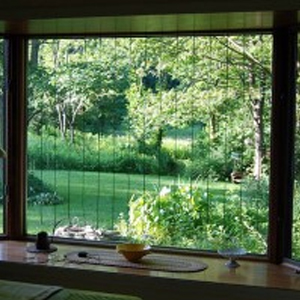
Stop birds from hitting windows
Up to 1 billion birds die each year from hitting windows, and other glass reflective surfaces. That number is huge, and severely impactful on bird populations, but fortunately, this is one of the easiest problems to solve! By investing in products that break up the blank space of your window, you can greatly reduce the chances that a confused bird will fly into it!
The American Bird Conservancy has tested a variety of bird-friendly window products so you don’t have to! Check out their full list here.

purchase bird-friendly coffee
If you’re addicted to coffee, you’re not alone. Americans drink 1/3 of the world’s supply of coffee. While your morning cup of joe may be a necessity for you, choosing the right kind of coffee is a necessity for bird populations. Next time you’re in the supermarket shopping for coffee, look for certain kinds marked “shade-grown”. Traditional “sun coffee” might be a bit cheaper to buy, but this inexpensive variety takes a large toll on rainforest biodiversity (not to mention the rural families and small local businesses the industry bulldozes). Shade-grown coffee is not only a much healthier option for the birds, but it also tastes much richer in your mug!
To learn more about the beneficial impacts of shade-grown coffee, please click here.
Info source: American Bird Conservancy
Written by Ali Chiavetta
Giraffes: A Species in Crisis
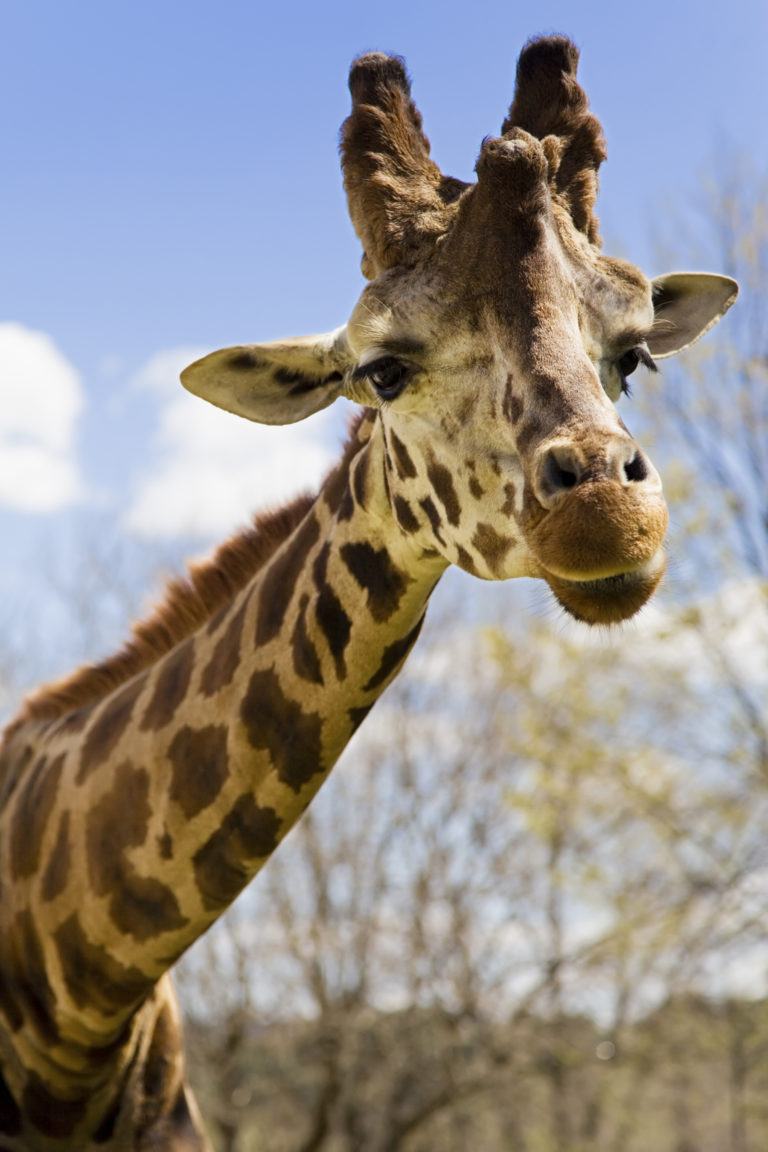
Take a drive along Harding Boulevard and you’re bound to see one or two inquisitive heads peering over the fence to inspect passers by. Elmwood Park Zoo’s giraffes, standing at over 15 feet tall, are some of the most recognizable animals in residence at Elmwood Park Zoo. Their iconic stature, friendly demeanors, and magnificent presence help solidify their status as a guest and staff favorite.
Now, Norristown’s most famous residents can be seen almost year round thanks to a brand new barn facility completed two summers ago. But their counterparts in the wild aren’t always so well accommodated.
Once a species deemed of Least Concern by the International Union for Conservation of Nature (IUCN), giraffe are now reclassified as one that is Vulnerable to extinction. Population surveys indicate that the giraffe population has decreased by almost 40 percent in the last 30 years. According to the Giraffe Conservation Foundation (GCF), it’s estimated that there are less than 100,000 giraffe remaining in the wild.
Why is this decline happening? The combined impacts of habitat loss, fragmentation, and degradation, poaching, disease, war, and civil unrest are threatening the remaining giraffe numbers and their distribution throughout Africa.
While conservation efforts are targeted internationally, U.S. zoos play an important role in the survival of the species. Together, the Ugandan Wildlife Authority and the GCF created Operation Twiga, a conservation project to help protect Uganda’s Rothschild giraffe. Operation Twiga’s aim was to relocate 20 Rothschild giraffes to the southern bank of the Nile River to populate a new area within Murchison Falls National Park. The cost of the endeavor was estimated at $100,000.
To fund the project, zoos across the country, including Elmwood Park Zoo, celebrated World Giraffe Day with events and fundraisers that encouraged donations to the GCF. These fundraising efforts provided much needed financial support for Operation Twiga, which was conducted successfully in January 2016.
“We are very happy to report that the giraffe on the southern side of the Nile River are doing well and we are planning to supplement the population later this year,” according to an update from the GCF. Since the success of Operation Twiga, GCF has developed a ‘road map’ to guide conservation activities throughout Africa with the hope to create a sustainable future for all giraffe populations. But those activities can come with a hefty price tag. The good news is that there are plenty of people to help foot the bill – about 700 million, to be exact.
According to the World Association for Zoos and Aquariums, about 1/10th of the world population visits zoos every year. Attendance at zoos across the country provides more than just a day of family fun. Funds accumulated from concessions, animal feedings, and admission help zoos like Elmwood Park Zoo give back to organizations that seek to conserve wildlife and its inhabitants, such as the GCF.
You don’t have to travel to East Africa to make a difference. When you stop by the zoo, and other AZA-accredited facilities, your membership or admission fees contribute to more than just an institution’s operating costs. You may think you’re just feeding a giraffe some lettuce. But you’re really supporting conservation and education efforts that have an impact long after your trip to the zoo is over.
So, will you stick your neck out for giraffe? To learn more about how you can get involved, or to donate directly to the Giraffe Conservation Foundation, visit www.giraffeconservation.org.
Written by Kathryn Saulinas
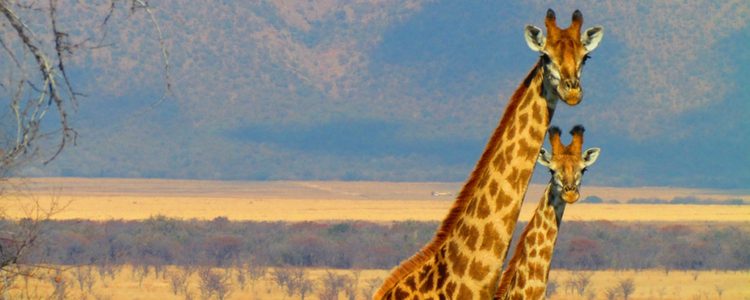
Five Tips to Plan an Eco-Friendly Trip
The summer is winding down, but plenty of people still look to travel into the fall, especially for larger holidays like Labor Day weekend. While getting away from your day-to-day life can be fun, it’s important to remember how your plans will affect your planet! This is by no means a comprehensive list, but we’ve compiled five tips to plan a trip with less of a negative environmental impact. Check them out, and let us know if you have any tips you swear by when planning getaways!
1. Location, location, location
The most exciting part of planning a trip is deciding where you’re going! When selecting a destination, take into consideration how far of a trip it will be, and what method of transportation you’ll need to get there. Look into the possibility of participating in eco-tourism for a more sustainable way of traveling! Companies like these offer trips to destinations around the world that prioritize sustainability in each of their trips.
2. Getting from point A to point B
Once you decide on your destination, the logical next step is deciding how to get there! Is it possible to take a car or train, or is it necessary to use air travel? While convenient, flying isn’t the most eco-friendly method of transportation. A round-trip flight between New York and California can generate about 20% of the greenhouse gases that your car emits over the course of an entire year. If it’s necessary to fly, try booking nonstop flights, and look for more energy efficient airlines.
3. New digs
The thing that can make or break your trip: your accommodations. Do your research before leaving to identify more sustainable hotels or housing. If possible, look for hotels and houses that are energy efficient, have proper waste management systems, recycle, and use alternate forms of energy (solar, hydroelectric, etc.). Bonus points if the home stay helps benefit the economy of the local community, especially on an eco-tour!
4. Green guests
While on your trip, be a responsible guest! If you live an eco-friendly life at home, take that lifestyle on the road with you! No matter what the destination, be sure to respect the local environment. Leave nothing but footprints! Do your best to recycle, conserve water and energy resources, and look for activities that don’t have a heavy environmental impact.
5. Wish you were here
On your way out, you may be tempted to get souvenirs for your friends and family. Especially when traveling overseas, be sure that no mementos from your trip involve any endangered species (i.e.: animal hides, body parts, tortoise-shell, ivory, coral, etc.) These gifts are not only illegal, but also extremely damaging industries to support monetarily. Sometimes it’s best to just send a postcard!
Sources: WWF, NY Times , Million Mile Secrets
Written by Ali Chiavetta


